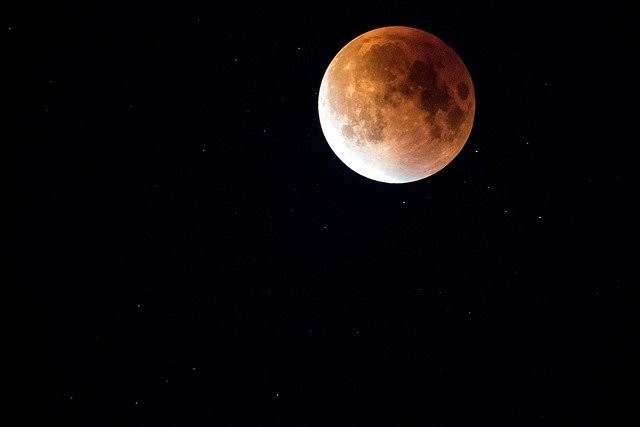
(Photo : Pixabay/Free-Photos )
The Moon may not be the dead rock floating in space that we assumed as a possibility that it still has life emerges after it exhibited hints of tectonic activity on the near side of it. Geologists believe it is recent and may even be ongoing up to today.
After the revelation of ridges across the face of the moon due to the presence of relatively fresh boulders and rocks, geologists suggest that it is caused by a recent tectonic movement.
Peter Schultz, a planetary geologist at Brown University shared that there is this assumption that the Moon is long dead, but we keep finding that is not the case.
He also added that from the paper it appears that the Moon may still be cracking and creaking potentially in the present day, and we can see the evidence on the ridges present as well.
Since the Apollo era, it is known that the Moon is rumbly after seismometers were placed on the lunar surface by Apollo astronauts decades ago which unexpectedly revealed the weak moonquakes deep below its surface, while shallower tectonic quakes are present in the crust.
Based on the conclusion of geologists, deep moonquakes were the result of gravitational interactions with Earth that places a lot of stress on the Moon.
Despite gathered information about shallow moonquakes, it is a little harder to pin down.
Also read: Supermoon 2020: What to Expect, Where and When Can It Be Viewed
Unlike Earth, the moon does not have tectonic plates that will cause it to shudder, so the tremors defied easy explanation however last year scientists discovered one possibility, the tectonic quakes could possibly be due to Moon shrinking as it continues to cool after it formed 4.5 billion years ago.
Newfound ridges too have been detected in the area of the lava-filled impact basins, but it can be attributed due to sagging associated with the weight of the lava, but recent discovery does not support the idea. As per Schultz, the distribution that they have found begs for a different explanation.
Alongside Schultz is another planetary geologist Adomas Valantinas of the University of Bern in Germany where studied data are taken from the Diviner instrument onboard Lunar Reconnaissance Orbiter of NASA, it is an instrument for measuring the temperature of the lunar surface.
Chunky surfaces and exposed bedrock retain heat effectively than surfaces covered by regolith, as dust, dirt, and rubble can be used to detect those surfaces during the lunar night.
Moreover, Schultz explained that exposed blocks on the surface have a relatively short lifetime for the regolith buildup is happening constantly. He also mentioned that when we see those exposed blocks, there needs to be some explanation on how and why they were exposed in specific locations.
The data collected by the orbiting spacecraft when the near side of the Moon was shrouded in the 14 days of darkness of lunar night was analyzed by Schultz's team and they found over 500 patches of exposed bedrock that seemed to form a pattern around the lunar maria.
Schultz also stated that it makes them think that what we are seeing is an ongoing process driven by things happening in the Moon's interior.
Related Article: Giant Asteroid to Fly By Earth Next Week and It Looks Like It is Wearing a Face Mask








